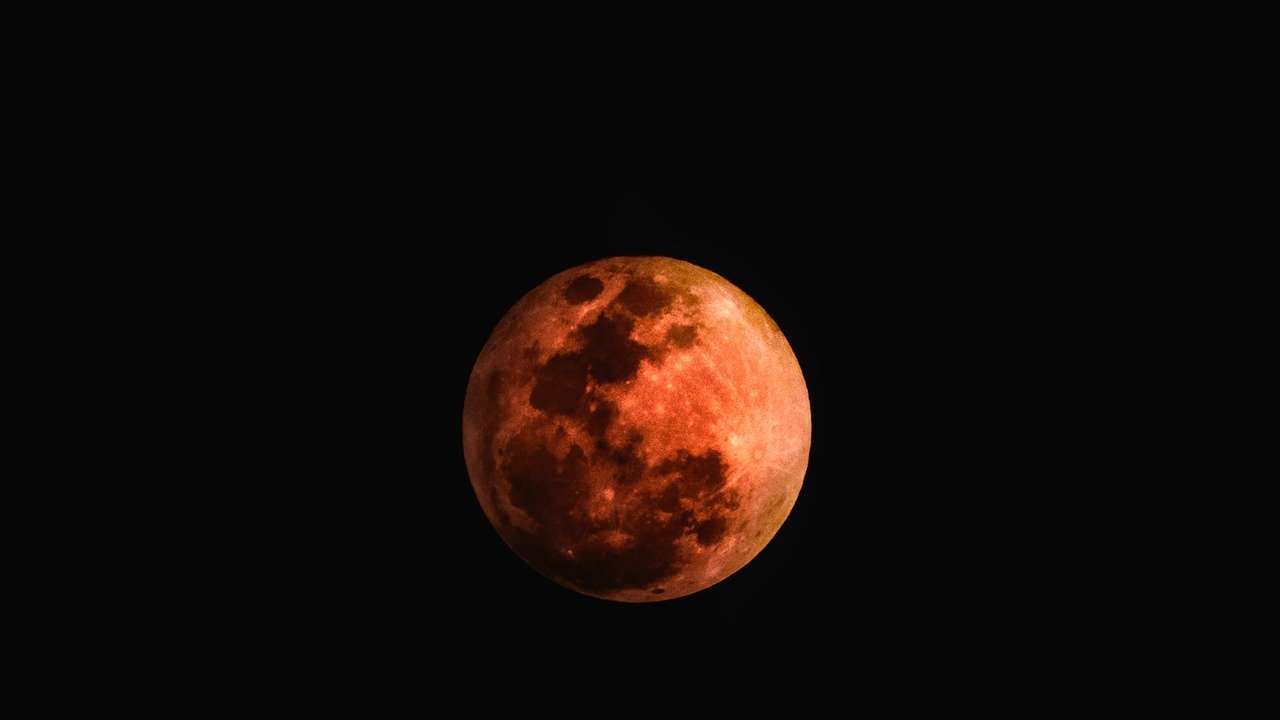
Skygazers are in or a celestial delight as the longest partial lunar eclipse in over 500 years began on Friday. Lunar eclipses occur when the moon passes into the Earth's shadow. According to NASA, this partial lunar eclipse is the longest such eclipse in nearly 600 years but will be visible to those living in North and South America, Eastern Asia, Australia, and the Pacific Region.
People in northeast India will be able to view the final phases of the partial lunar eclipse as it will be visible in parts of Arunachal Pradesh, Assam, and neighbouring regions. The lunar eclipse began at 11:32 am IST and will go on till 5:34 pm IST. At 2:15 pm today, more than 95 percent of the Moon's disk was in the umbra or the darker part of the shadow, and the Moon appeared red.
Reports state that the best time to see the red colour was when the eclipse was at its peak at 2:33 pm. November 19 (today) lunar eclipse is also the last eclipse of the year 2021.
In addition to this, the partial lunar eclipse is also all set to break records for the longest eclipse becoming longer than a total lunar eclipse.
WATCH the partial lunar eclipse video here.
NASA said this partial eclipse is ultra-long because the moon is almost at the farthest part from the Earth in its orbit (known as apogee), which means the moon is moving a bit slower through the shadow of Earth.
"It's actually the longest partial lunar eclipse in a millennium, clocking in at three hours, 28 minutes, and 23 seconds...and will remain the longest partial lunar eclipse for 648 years until February 8, 2669 (three hours, 30 minutes, and two seconds)."
There hasn't been a longer partial lunar eclipse since February 18, 1440 (three hours, 28 minutes, 46 seconds). The next time a long total lunar eclipse will take place is on November 8, 2022, NASA said.
(With agency inputs)